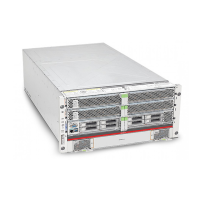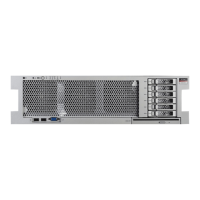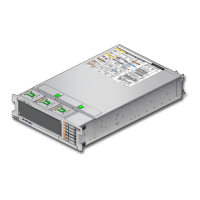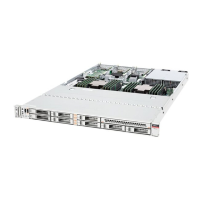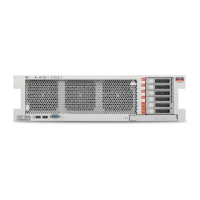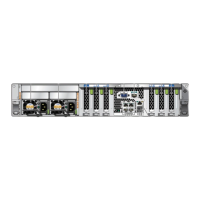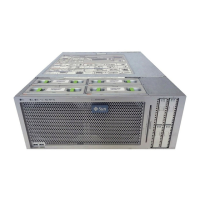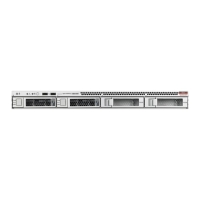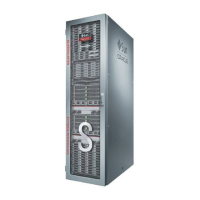■
Oracle Solaris Operating System man pages
Getting Help
If you have problems installing or using Oracle Solaris Cluster, contact your service provider
and provide the following information.
■
Your name and email address (if available)
■
Your company name, address, and phone number
■
The model number and serial number of your systems
■
The release number of the operating environment (for example, Oracle Solaris 10)
■
The release number of Oracle Solaris Cluster (for example, Oracle Solaris Cluster 3.3)
Use the following commands to gather information about your system for your service
provider.
Command Function
prtconf -v Displays the size of the system memory and reports information
about peripheral devices
psrinfo -v Displays information about processors
showrev -p Reports which patches are installed
prtdiag -v Displays system diagnostic information
/usr/cluster/bin/clnode show-rev Displays Oracle Solaris Cluster release and package version
information for each node
Also have available the contents of the /var/adm/messages le.
Documentation and Support
See the following web sites for additional resources:
■
Documentation (http://www.oracle.com/technetwork/indexes/documentation/
index.html)
■
Support (http://www.oracle.com/us/support/systems/index.html)
Preface
Oracle Solaris Cluster 3.3 With StorEdge A1000 Array, Netra st A1000 Array, or StorEdge A3500 System Manual
• May 2011, Revision A
8
